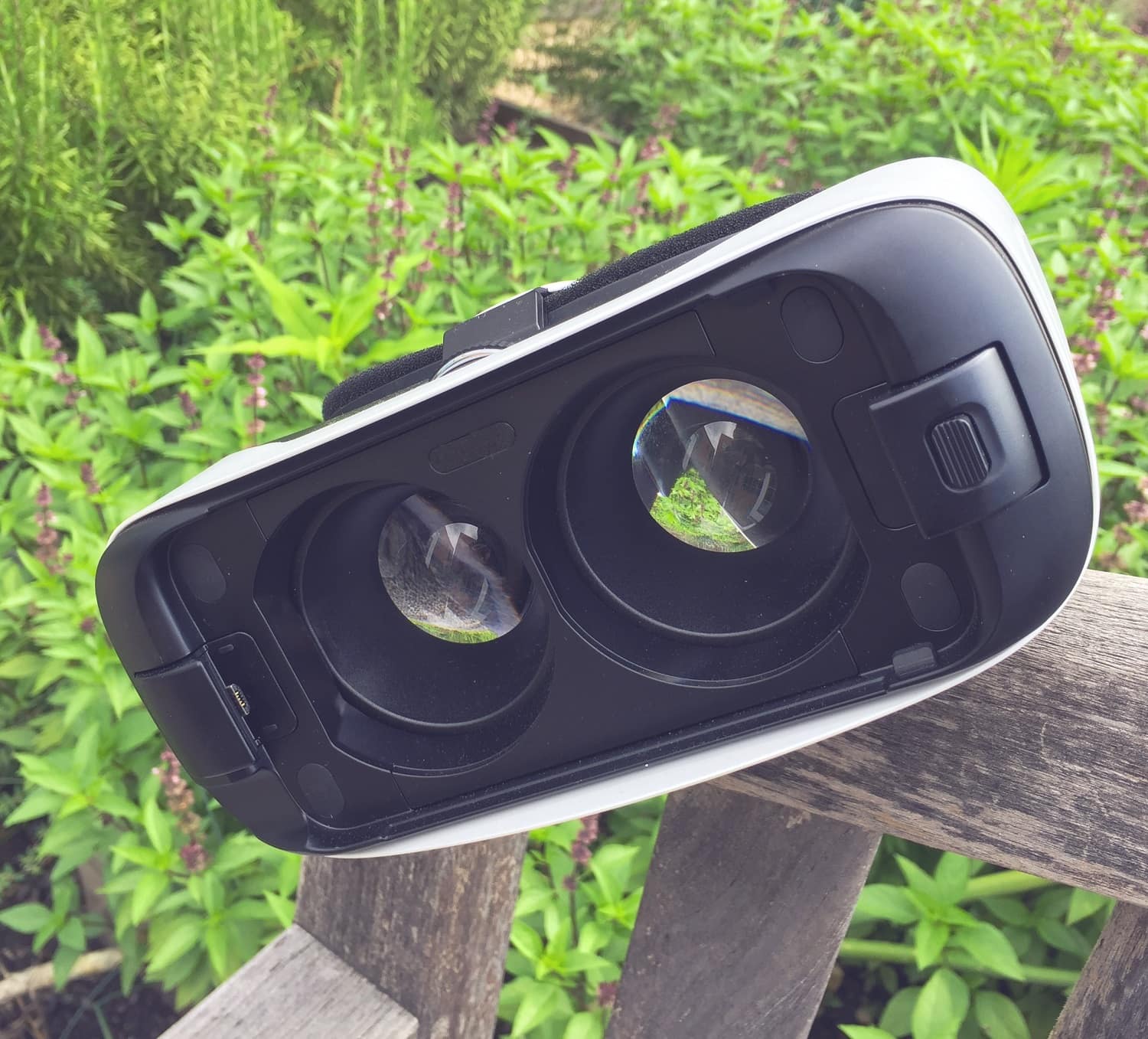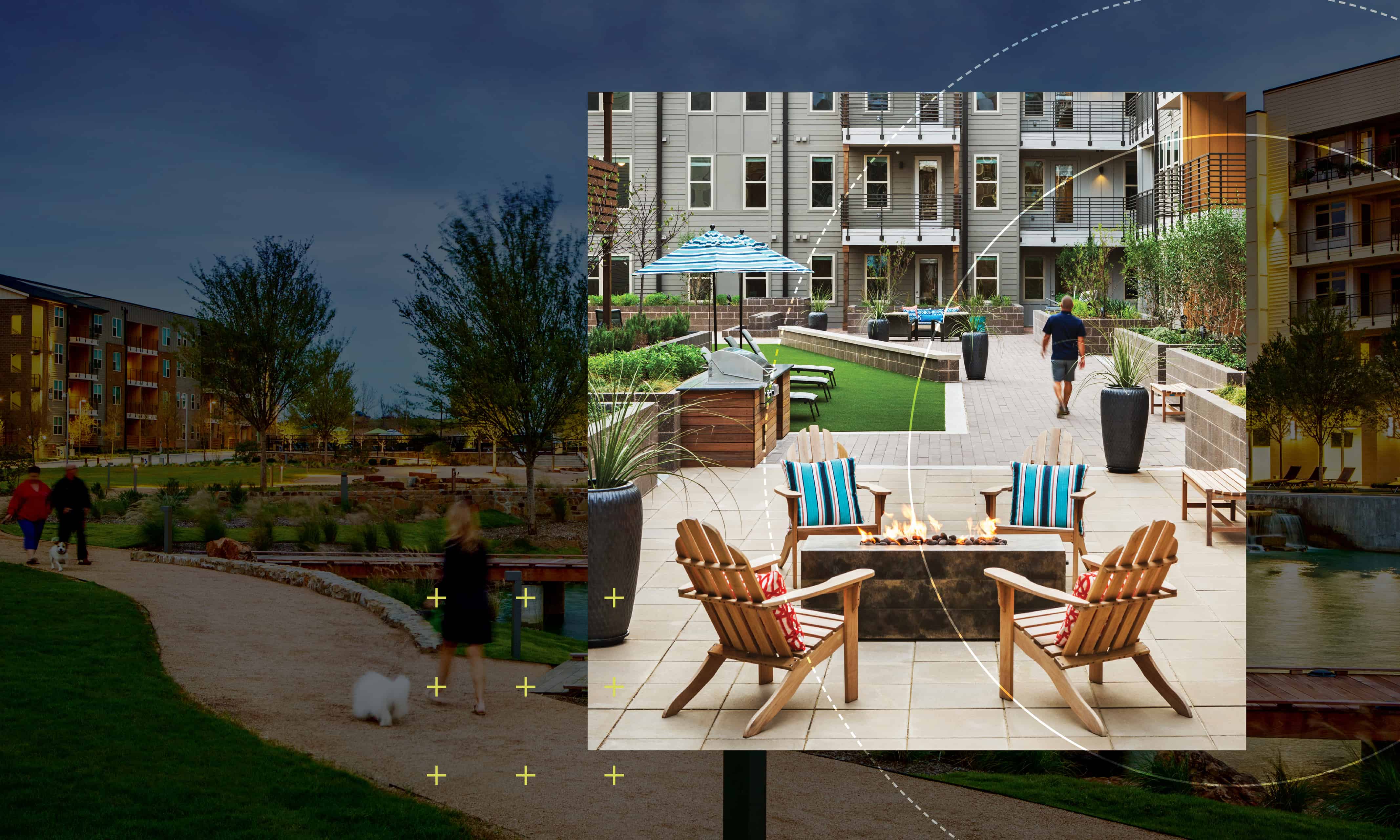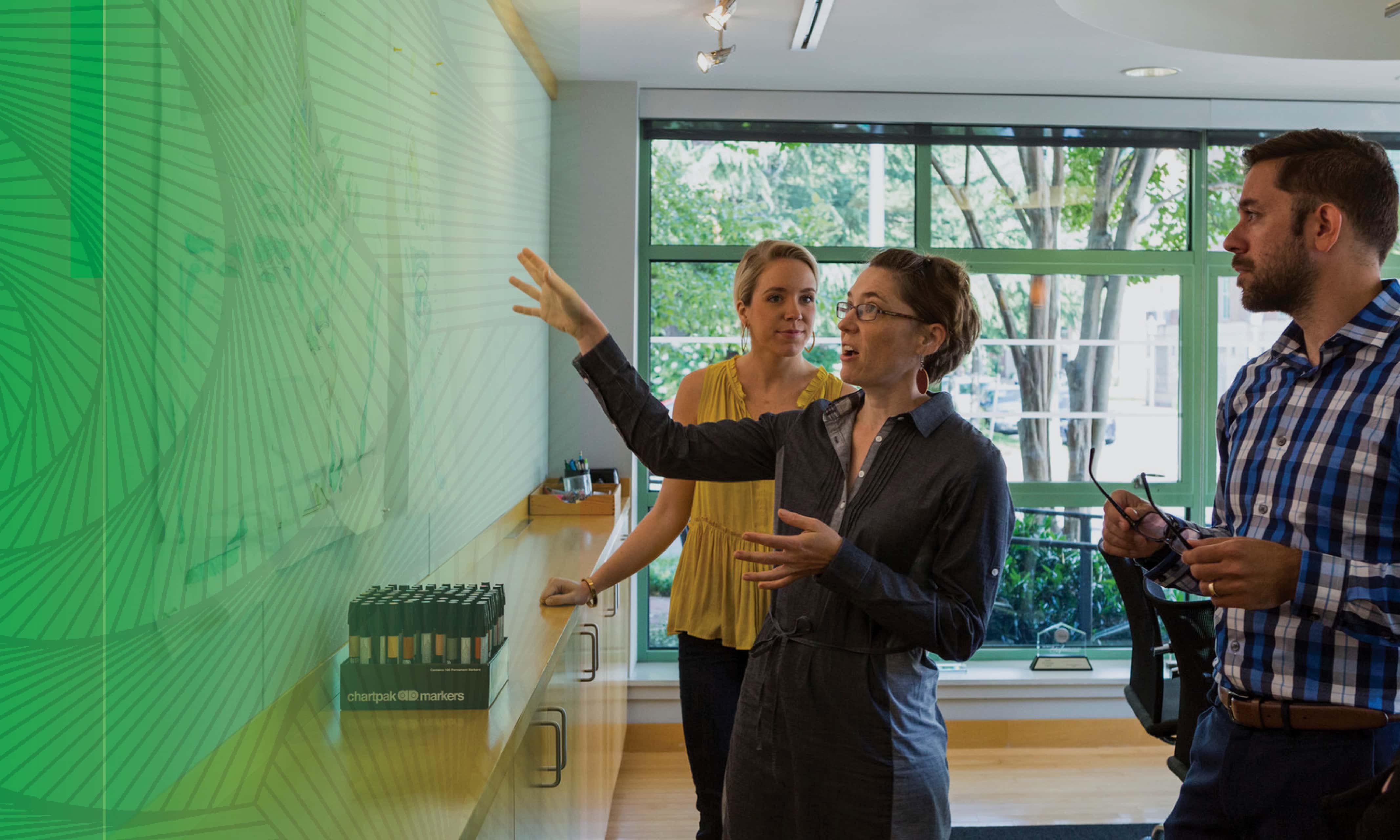By: Shelby Harden, Landscape Architect Design Intern
As landscape architects, we will embody many roles over the course of our careers: designer, environmental steward, urban planner, storyteller and innovator. Particularly in the tech-driven world we live in today, embracing innovations is paramount to good design and successful careers.
One of my favorite aspects of landscape architecture is placemaking. To design a successful place, with its own unique character, we must be able to understand its history, sense of scale, and feel the space’s potential to be something great. During my internship at LandDesign, I have had the opportunity to work on both local and international projects. While a biergarten project in Fairfax, Virginia might be a short drive from the office, it’s a bit more difficult to send everyone in the studio over to Mexico to understand how the mountains dwarf the urban landscape in the valley.
This is where emerging technologies become invaluable tools for designers. Virtual reality headsets, such as the Samsung Gear VR, allow you to take a 3D-model from SketchUp or Lumion and virtually stand inside the model. You can turn your head and see more of the space that has been rendered by the headset to allow the user to see depth and get a sense of scale. While it does look silly to see someone in the office with a headset on twisting around in a circle to look at a virtual skyline or pointing at something only they can see, I have seen firsthand how it helps us understand the space better, thus be better designers.
The Gear VR uses a smartphone cradled in the headset to render the 3D-model. Other mobile technology, such as augmented reality (AR), is already starting to integrate into a normal lifestyle for many. Pokemon Go, an AR mobile game, has been a tremendous phenomenon since its launch several weeks ago. The game uses GPS and aggregated location data (much like landscape architects employ when using a program like GIS) to populate a map with points of interest to travel to. These points of interest, or Pokestops, are real-life locations, generally monuments, historic landmarks, local business, or public art.
My experience with the game has been overwhelmingly positive. The psychology behind playing a game is the instant gratification one gets by leveling up or capturing a new creature in the game. Pokemon Go has turned this into an incentive for people to explore their city in a new way. Instead of taking the quickest route to my destination, I have found myself taking a different detour while playing the game and finding hidden gems around my neighborhood that I would have never bothered to explore on my own. Since the game has launched, I have noticed an increase in people walking around my neighborhood, gathering by landmarks, and interacting more with each other and the landscape.
Designers must be flexible and open to new ideas, techniques and technologies to continue creating successful spaces. By understanding and utilizing new tech like virtual reality and augmented reality, we are able to gain new perspectives and think differently about how we design. This innovative shift in how we interact with our environment is the cusp of a new paradigm, one that designers must stay abreast with to continue creating places that matter.



